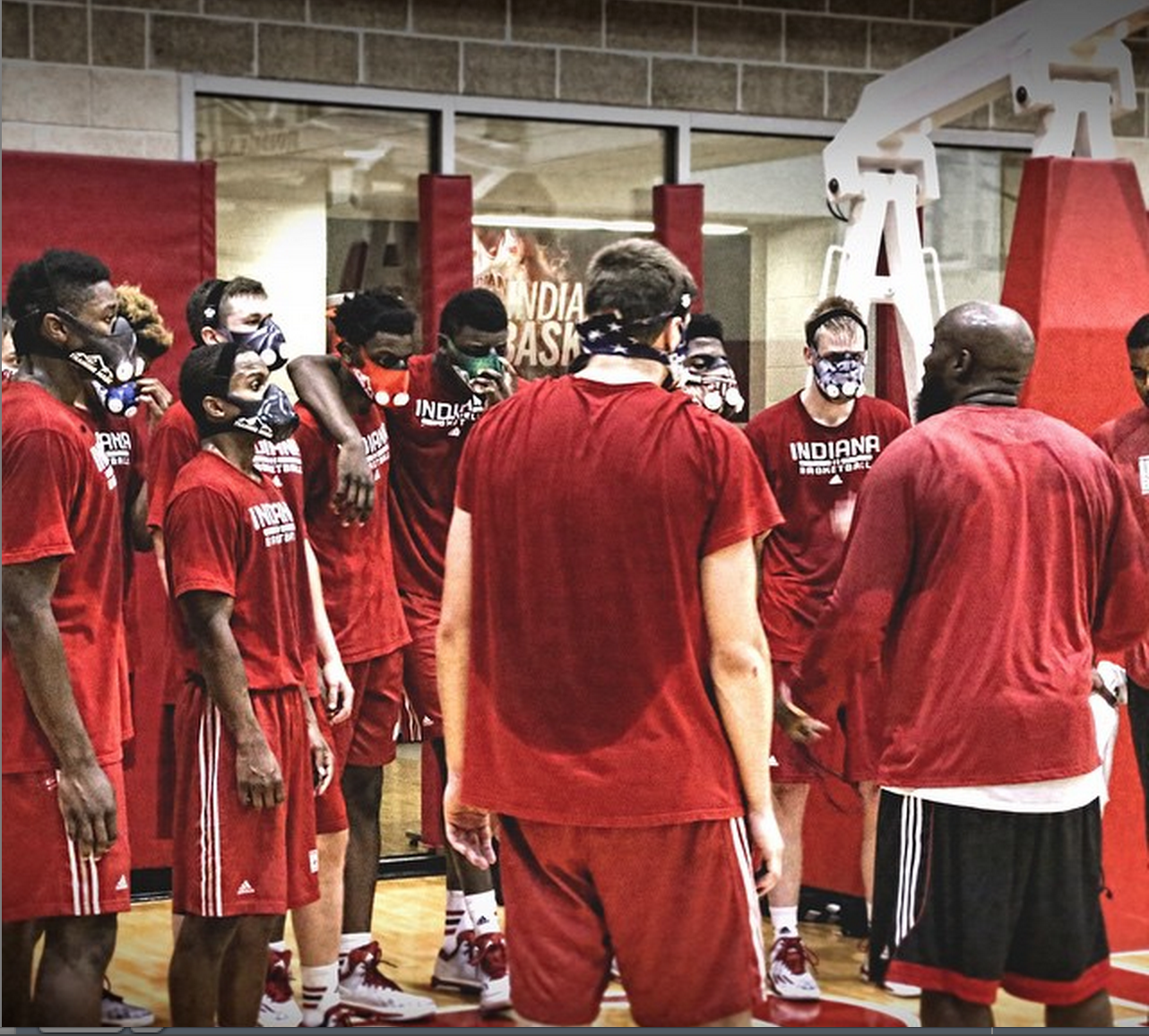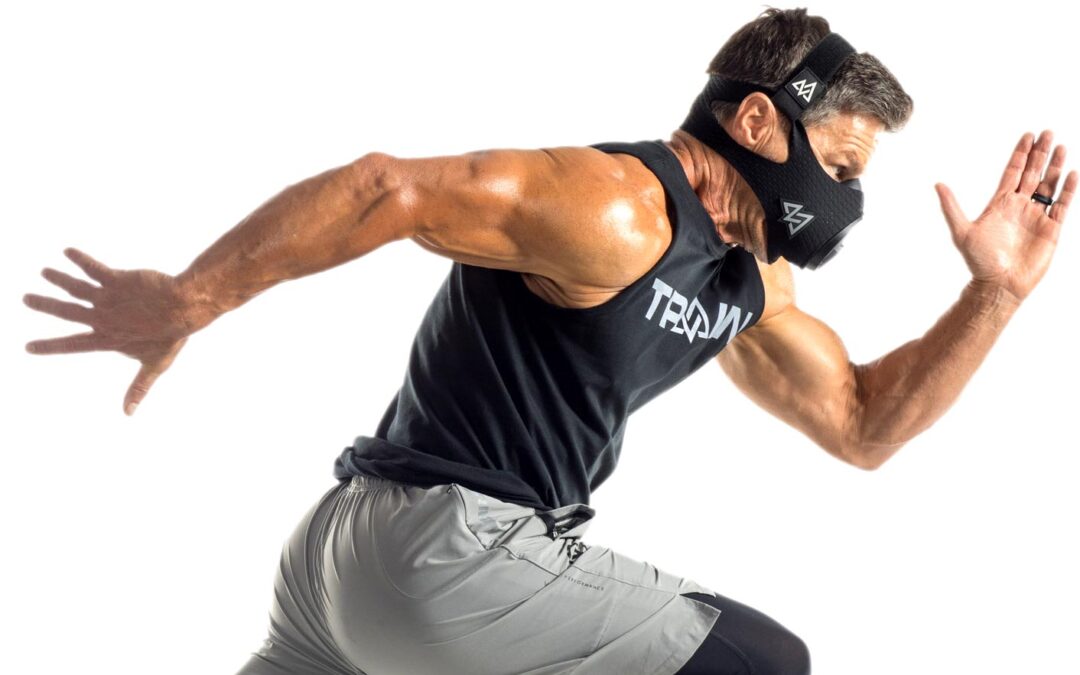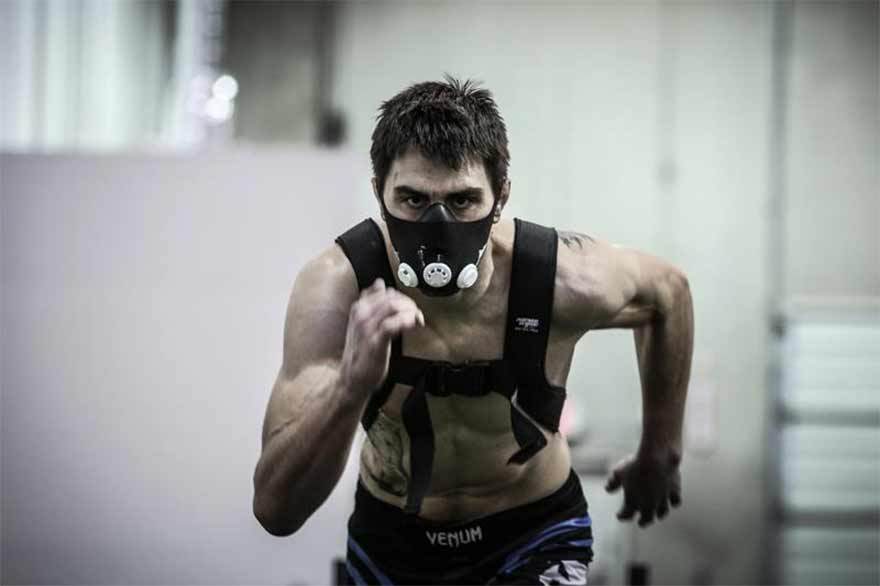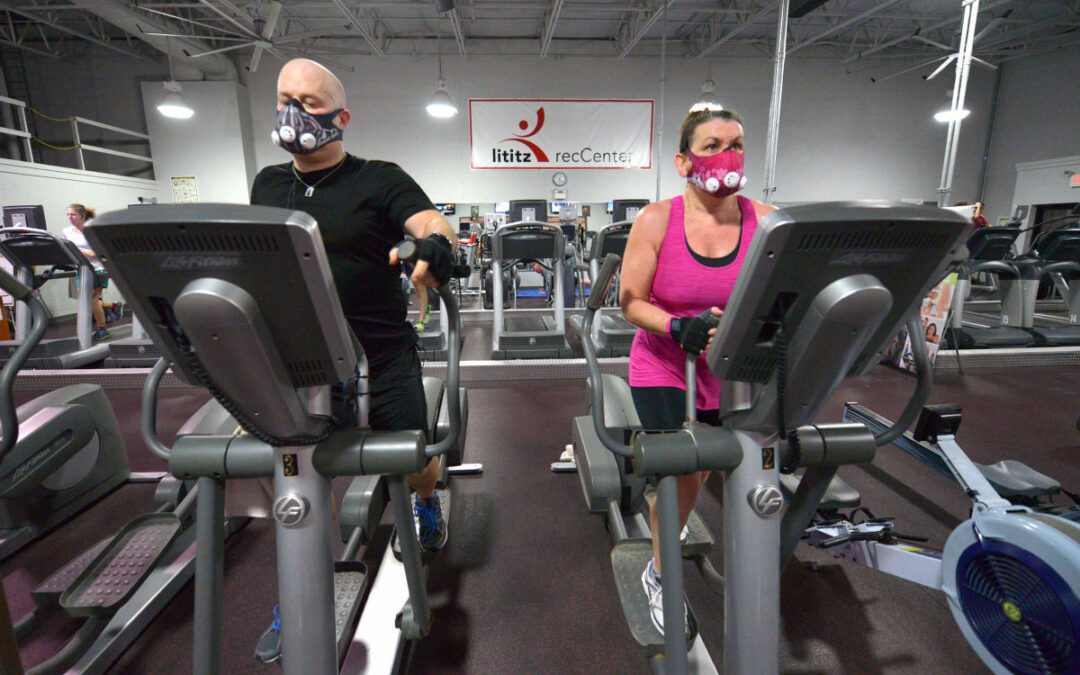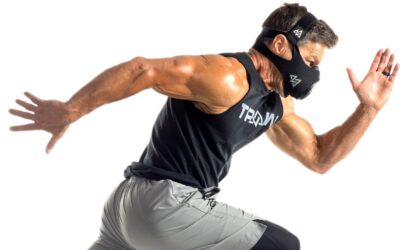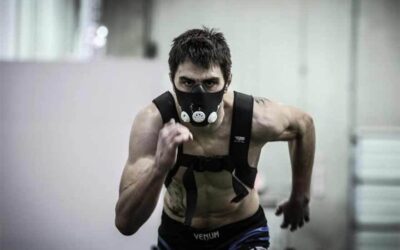Training Mask has started to gain traction across professional sports including the NBA. Players and training staff are consistently looking to develop their stamina and improve their breathing technique to make a difference on the court. The Training Mask is the absolute best piece of equipment you can use to improve and training you breathing.
Eric Devendorf, a former American basketball player who used to play for Syracuse is one of the many professional athletes who used the Training Mask 2.0 in his workouts. After experimenting with Training Mask, he said: “It’s almost like it trains you to breathe and not waste any breaths. It’s helped me with conditioning. I’m able to get my second wind quicker.”
Why Training Mask is good for basketball players
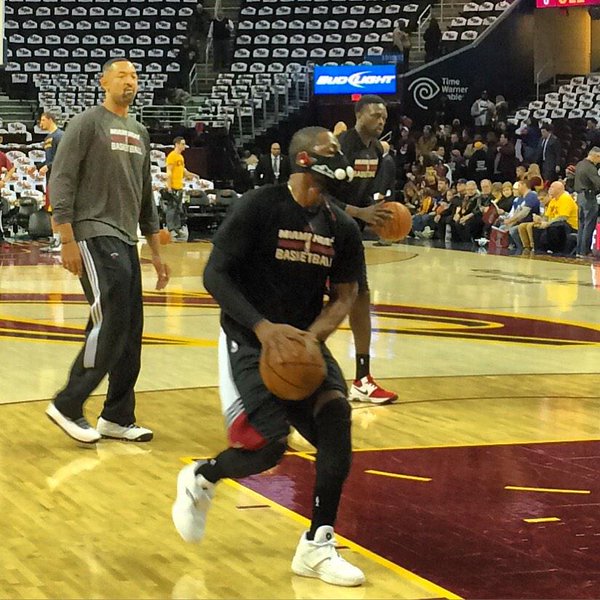 Training Mask is beneficial for any athlete because in increases your lung capacity and makes you more aware of the way you breathe. When it comes down to crunch time, you do not want to be winded or having to think about your breathing. Using the Training Mask in your training allows you to teach your body how to breath better and strengthens your respiratory muscles.
Training Mask is beneficial for any athlete because in increases your lung capacity and makes you more aware of the way you breathe. When it comes down to crunch time, you do not want to be winded or having to think about your breathing. Using the Training Mask in your training allows you to teach your body how to breath better and strengthens your respiratory muscles.
Training Mask is a great tool from improving your aerobic performance. However, basketball players generally use more anaerobic movements – we are talking about those short, explosive as and about the high jumps. A typical basketball game will require all team players to do a whole bunch of high intensity sprints and a lot of explosive jumps in a very short period of time. So an athlete who is able to recover faster between all these anaerobic type of activities will be able to perform better during the game.
This is where the Training Mask comes in. It will improve you capacity to recover between all those sprints by improving your overall aerobic conditioning.
Research confirmed benefits
There has been scientific researched done for the exact purpose of determining the effectiveness of the Training Mask on basketball players. The research was conducted by the guys over at Jerzy Kuckuczka Academy of Physical Education in Katowice, Poland and the findings are in favor of using respiratory training.
The study used 12 male professional basketball players who were asked to perform interval respiratory resistance six times per week, during their workouts. The respiratory resistance training consisted of performing 4-5 sets of super high intensity activities. Each set lasted for 4 minutes and resting period between the sets was 4 minutes as well.
After just 3 weeks of following the resistance breathing training protocol the athletes showed an 8% increase in VO2 max, compared to the initial maximal aerobic capacity. So if they were able to achieve this improvement in aerobic capacity in just 3 weeks, imagine the possible results if you were to use the Training Mask throughout the entire pre-season prep.
How to use the Training Mask for basketball training
For optimal results we recommend using the Training Mask in your workouts for at least 3 to 4 months. So, if you are looking to start using it right away, here is an easy to follow example which you should be able to adhere to really easy.
Warm-up
Treadmill running for 15 minutes as follows:
- First 10 minutes at about 60% of your VO2 max
- Last 5 minutes at about 70% of your VO2 max
During the warm-up Training Mask is on. You can adjust either your running speed or air resistance in order to achieve the specified VO2 max.
Actual workout
Do any high intensity activity of your preference for 4 sets of 8 minutes each as follows:
- First 4 minutes at about 90% of your VO2 max
- Last 4 minutes at about 60% of your VO2 max
The resting time between each set should be around 4 minutes. The Training Mask is on and just as before, make adjustments to the intensity of your activity or the air resistance in order to achieve the specified VO2 max.
Cool-down
Cool down will be some treadmill running for 10 minutes at a VO2 max of 60%, while wearing the Training Mask.


